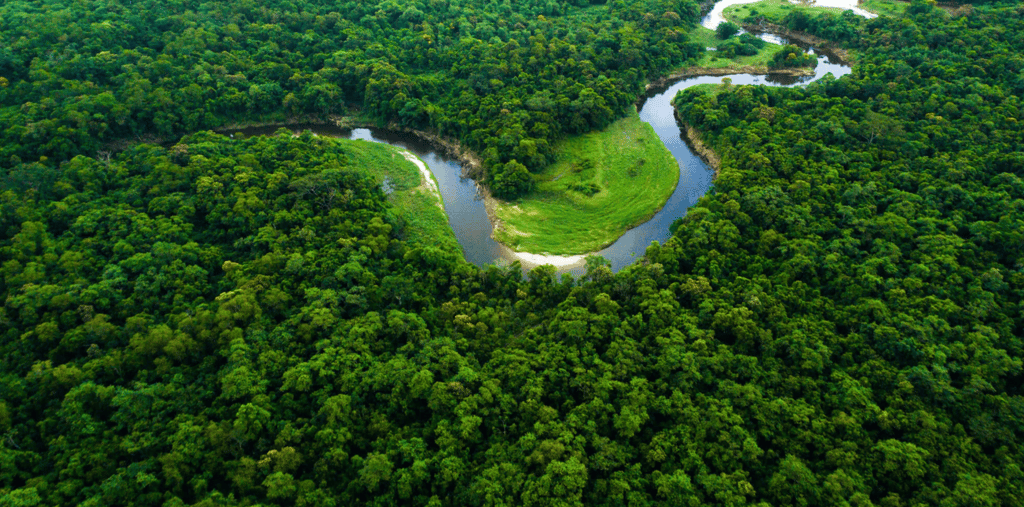The Myth of a Dying Planet: Why Nature Is Tougher Than We Think
After all, Earth has survived asteroids, ice ages, and mass extinctions—it’s not going anywhere anytime soon. But the real question is: Will we adapt as well as nature does?
Namisha Katam
6/27/20252 min read


We have been inundated with dreadful prophecies about the imminence of Earth's destruction for decades. A growing sense of environmental dread is fuelled by images of polar bears going hungry, glaciers melting, and forests burning. Ecosystems have undoubtedly been pushed to their limits by human activity, but there is another side to the story that is far too little known. Nature is strong and delicate.
Life on Earth has endured, changed, and even flourished in spite of decades of pollution, deforestation, and climate change. Examples of resilience abound in the natural world, from animals escaping extinction to forests reclaiming abandoned farms. This is not to argue that we should be complacent about environmental degradation; rather, we should acknowledge that the planet is not as defenceless as we may believe.
Ecosystems function similarly to complex, self-repairing devices. Whether caused by human activity or natural disturbances, nature typically finds a way to adjust. Because biodiversity serves as a safety net, equilibrium can be maintained even in the event that one species goes extinct. Wetlands, forests, and meadows have an amazing capacity for regeneration when given enough time and space. Without human interference, even severely damaged sites, like Chernobyl, have turned into wildlife safe havens. By enabling species to adjust to novel situations, evolution itself fosters resilience. In order to survive, certain plants and animals are already changing their habitats and behaviours in response to climate change. The Earth also possesses self-regulating systems, such as oceans that absorb CO2 and microbes that degrade contaminants. While these systems have their limits, they demonstrate that nature possesses remarkable tools for recovery.
Even though environmental disasters receive a lot of media attention, success stories demonstrate that rehabilitation is feasible. Through reforestation or natural regeneration, some previously barren areas of the Amazon rainforest are now growing again. By reducing the number of deer and promoting the growth of woods, the reintroduction of wolves into Yellowstone National Park changed the ecosystem. Because of conservation efforts, humpback whales, which were almost exterminated by commercial whaling, have made a spectacular resurgence. Once believed to be destined for desertification, parts of Africa's Sahel are now regreening as farmers use sustainable practices that encourage the growth of trees.
The science behind nature's ability to heal is well documented. Through ecological succession, degraded habitats can gradually recover and turn arid wasteland into verdant forests. In order to break down pollutants and help ecosystems purify themselves, soil bacteria are essential. It appears that life is always adapting because certain species have evolved in response to climate change. The takeaway? While humanity has undeniably harmed our planet, nature has and will continue to heal itself —if we let it. Our role is not to "save" Earth but to minimize damage and give ecosystems the breathing space they need to recover. The planet isn’t dying, yet. It’s adapting, evolving, and, in many places, bouncing back stronger than before. Rather than focusing just on destruction, we must also honour and acknowledge our resilience. After all, Earth has survived asteroids, ice ages, and mass extinctions—it’s not going anywhere anytime soon. But the real question is: Will we adapt as well as nature does?
